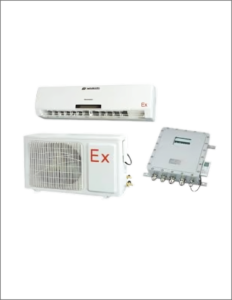Low Intensity Obstruction Lights
Did you know over 200 skyscrapers in the UAE have aviation obstruction lights? These lights help pilots avoid collisions with tall structures. They are crucial in areas where new buildings are built fast.
These lights are made to work in harsh conditions. They keep pilots safe by being very visible. This is key in places where safety is a big concern.
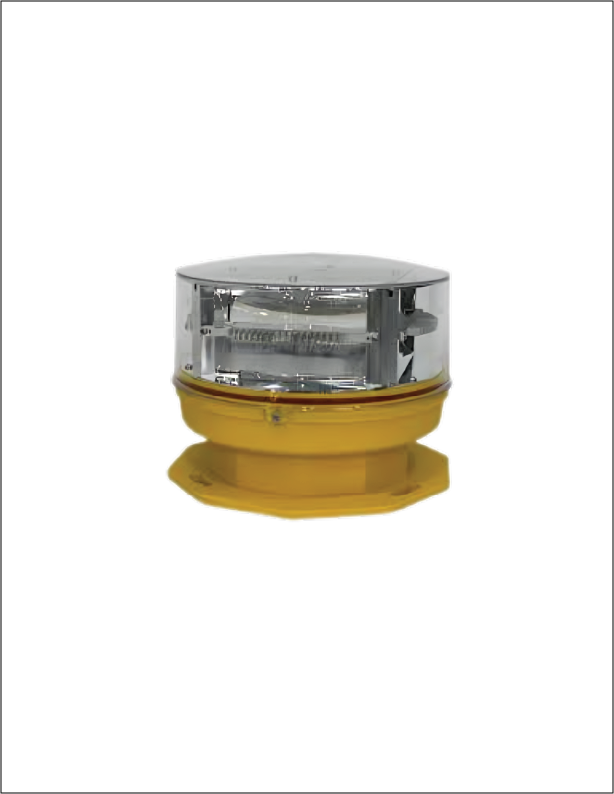
Key Takeaways
- Explosion proof aviation obstruction lights are mandatory for tall structures near UAE airports.
- Modern aircraft warning lights reduce collision risks by up to 90% in high-traffic airspace zones.
- UAE regulations require all obstruction lights to meet FAA and local safety standards.
- LED-based obstruction lights now last 50% longer than traditional models, cutting replacement costs.
- Explosion-proof technology prevents ignition risks in oil fields and industrial areas.
Understanding Aviation Obstruction Lights and Their Critical Role in Safety
Aviation lights are more than just bright bulbs—they are lifelines for pilots navigating UAE skies. These systems, known as obstacle lights aviation, turn invisible hazards into visible markers. They safeguard both aircraft and ground infrastructure.
What Are Aviation Obstruction Lights?
Aircraft obstruction lights are special fixtures for structures over 200 feet. They have steady-burning red lights for day and pulsating white for night. In the UAE, these lights are key for skyscrapers and oil rigs, preventing midair dangers.
How Aviation Lights Prevent Collisions
These systems have three main features:
- Visibility: They shine brightly, over 200 nautical miles in good conditions.
- Color coding: Red lights warn during the day, and white pulses at night.
- Regulatory compliance: UAE installations must follow ICAO standards for light frequency and spacing.
The Evolution of Aviation Warning Light Technology
Obstruction light aviation tech has come a long way:
| Aspect | 1990s | 2020s |
|---|---|---|
| Light Type | Incandescent bulbs | LED arrays |
| Energy Use | High | Low |
| Reliability | Requires weekly maintenance | Self-diagnostic sensors |
Today, these systems use solar power and wireless monitoring. This reduces costs for remote UAE desert installations.
What Makes Obstruction Lighting "Explosion Proof"?
Explosion proof aviation obstruction lights are made for dangerous places. They keep sparks or heat away from flammable gases or dust. This makes them safe for oil refineries, chemical plants, and other risky areas.
Key features include:
- Encapsulation: Sealed parts stop explosive materials from reaching sparks.
- Heat management: Special cooling keeps temperatures down.
- Containment: Any spark inside stays there, avoiding fires outside.
| Feature | Standard Lights | Explosion-Proof Lights |
|---|---|---|
| Ignition Risk | Potential in hazardous zones | Zero ignition risk |
| Use Cases | General aviation safety | Hazardous environments |
| Standards | Basic FAA guidelines | ATEX/IECEx certifications |
In the UAE’s oil and gas sector, these lights are crucial. Places like Abu Dhabi’s refineries or Dubai’s industrial zones need them. They ensure safety while keeping aircraft visible, protecting everyone and the buildings.
Types of Aircraft Warning Lights for Different Applications
Choosing the right obstruction light is key, based on structure height and location. In the UAE, with its tall skyscrapers and varied landscapes, picking the right one is crucial. We’ll look at how intensity levels and standards keep everyone safe and follow the rules.
Low Intensity Obstruction Lights
The low intensity obstruction light is for structures under 45 meters. It has a steady red beam with at least 10 candela. Perfect for small buildings, bridges, or poles in areas with less traffic, they provide enough visibility without being too bright.
Medium Intensity Obstruction Lights
Medium intensity obstruction lights are for structures between 45–105 meters. They can flash red or have a steady and flashing white beam. Common in mid-rise buildings and antenna towers, they strike a balance between being seen and safe. A Dubai mid-rise building would use this for clear visibility at night.
High Intensity Aviation Warning Lights
High intensity aviation warning lights are for structures over 105 meters. Their strong beams are seen from far away. Essential for UAE’s tallest skyscrapers and offshore platforms, they meet strict FAA brightness standards.
L-810 and L-864 Obstruction Light Standards
Standards like the L-810 LED obstruction light and L-864 obstruction light set performance rules. The L-810 LED obstruction light has a steady red light for lower to medium setups. The L-864 obstruction light uses flashing red lights for better visibility. These standards help follow UAE aviation rules and global regulations.
LED Aviation Obstruction Lights: The Energy-Efficient Solution
LED aviation obstruction lights are changing the game for safety and energy use in aviation. They are perfect for UAE buildings and towers, offering top-notch efficiency and performance. See how LED obstruction light systems beat out older tech.
Benefits of LED vs. Traditional Obstruction Lighting
- Use 80% less energy than incandescent or xenon strobes
- Provide brighter, consistent visibility day or night
- Require 75% fewer maintenance visits annually
LED technology reduces energy costs by up to 80% while maintaining FAA-certified visibility standards
Durability and Lifespan of LED Aircraft Warning Lights
LED aviation obstruction lights last 5-10 times longer than old bulbs. They can handle UAE’s extreme temperatures and sand. Unlike glass bulbs, led aviation light parts are tough against wind and machinery shakes. Most work well for 50,000-100,000 hours, or over a decade.
Cost Savings with LED Aviation Light Technology
Though they cost more upfront, led aircraft warning lights pay off in 3-5 years for UAE buildings. The big savings are:
- Energy bills drop by $2,000-$5,000 a year
- No bulb changes needed for 8-15 years
- Less money spent on maintenance
Owners in Dubai and Abu Dhabi see their costs fall by 60% after switching to LED.
Solar Powered Obstruction Lights for Remote Installations
In remote areas of the UAE, solar obstruction lights are a reliable choice. They use solar aviation obstruction lights and solar panels. This setup works without needing electricity from the grid.
They are perfect for places like oil fields, communication towers, or offshore structures. They save money on installation and are better for the environment.
- High-efficiency solar panels convert sunlight into energy
- Rechargeable batteries store power for 72+ hours of continuous operation
- LED-based solar powered aviation obstruction lights use 70% less energy than traditional models
The UAE’s bright sunlight makes solar solar aircraft warning light systems very effective. Engineers make sure these systems can handle the heat. They add heat-resistant batteries and ventilation to keep them working well.
Many models also have wireless monitoring. This lets technicians check on the system and battery levels from their phones or tablets.
“Solar-powered systems cut maintenance visits by up to 60% in desert environments,” says a Dubai-based aviation safety expert. “They’re now standard for new telecom tower installations across the Emirates.”
When installing, it’s important to think about how much sunlight the area gets. You also need to plan for cloudy days. Cleaning the panels every 6 months and checking the battery health are key to keeping them running.
These solar powered aviation obstruction lights are a green option. They meet safety standards set by ICAO without harming the environment.
FAA Obstruction Lighting Requirements and Compliance Standards
Following aviation lighting standards is crucial for safety and legal reasons. We’ll look at how faa obstruction lighting rules work worldwide and in the UAE.
understanding faa lighting guidelines>
The FAA has strict rules in Advisory Circular 70/7460-1L. Buildings over 200 feet or near airports need faa approved obstruction lights, like the faa l 810 obstruction light. These rules help make things visible and lower the risk of accidents. Important factors include the building’s height, location, and how bright the lights are.
international aviation lighting standards>
While the FAA focuses on faa lights, bodies like ICAO (Annex 14) set global standards. There are differences in light color, spacing, and if they’re automated. In the UAE, buildings must follow both FAA and ICAO rules for international compliance.
uae-specific regulatory requirements>
In the UAE, the General Civil Aviation Authority (GCAA) follows FAA and ICAO standards. Tall buildings in Dubai and Abu Dhabi must have faa obstruction lighting systems. Local engineers must check if these systems meet GCAA’s height and light requirements. Not following these rules can lead to penalties.
Choosing the Right Aircraft Warning Light for Your Structure
Choosing the right aviation obstruction lighting system is key. It depends on your structure’s unique needs. Here’s how to find the right balance between safety, cost, and following the rules:
Factors to Consider When Selecting Aviation Obstruction Lights
- Structure height: Taller buildings need brighter lights (like L-864 or L-810).
- Environmental exposure: Places with sandstorms and heat need tough, explosion-proof lights.
- Regulatory compliance: Make sure your lights meet UAE’s aviation rules for airports.
Aviation Obstruction Light Price Considerations
Prices change based on technology, power source, and customization. Look at these to spend wisely:
| Type | Obstruction Light Price | Features |
|---|---|---|
| Low Intensity LED | AED 500–2,000 | Solar-powered, great for low structures |
| Medium Intensity | AED 3,000–6,000 | Clear during the day, FAA-approved |
| High Intensity | AED 8,000–15,000 | Sees far, works all day and night |
Remember to compare aircraft warning lights price with the long-term savings of LEDs.
Customization Options for Special Requirements
Need something extra? Check out remote monitoring systems, battery backup, or materials that resist corrosion. Make sure to get clear obstruction light price info and follow UAE’s safety rules.
Installation Best Practices for Aviation Lights on Buildings and Towers
Installing aviation lights on buildings and towers right is key. It ensures they work well and follow UAE rules. Every step is important for safety and visibility. Here’s how to make sure installations work well in different places:
- Buildings: Place aviation lights on buildings at the highest points. Make sure they can handle UAE’s strong winds. Also, seal all electrical parts to avoid water damage during sudden rains.
- Towers: For lights on towers, follow the rules for spacing to avoid gaps. Use protective sleeves on guy wires. Also, have backup power to keep lights on during outages.
- Construction Cranes: Put lights on the crane’s highest point. Use solar or battery power as the crane gets taller. Adjust the lights to match the crane’s height during construction.
Wiring must be waterproof, and grounding systems should protect against lightning. Always get certified technicians who know UAE’s Civil Defense codes. Professional installation means following rules and lasting reliability, even in tough weather.
Complete Obstruction Lighting Systems for Comprehensive Protection
Modern obstruction lighting systems do more than just light up. They create networks that protect structures. A complete obstruction lighting system uses hardware, software, and smart tech for 24/7 protection. It guards skyscrapers and communication towers, meeting strict aviation safety rules.
Core Components of an Aircraft Warning Light System
Effective systems have key parts working together:
- Primary lights: High-intensity beacons or red strobes for visibility
- Secondary lights: More fixtures for complex structures
- Control panels: Manage power and light sequences
- Automated sensors: Photocells and GPS modules for precise operation
- Backup power: Battery systems to keep lights on during outages
Smart Monitoring for Real-Time Management
Advanced systems use:
- GPS synchronized flash patterns for accuracy
- Wireless monitoring interfaces for remote access
- Alarm systems that alert teams to failures instantly
In the UAE, operators can manage sites with smartphone apps or desktop dashboards. This tech keeps systems in line with FAA and UAE aviation standards, even in remote desert areas.
Redundancy Solutions for Zero Downtime
Reliability needs multiple layers of protection:
- Dual light arrays for critical tower obstruction lighting installations
- Automatic failover systems that switch to backup power quickly
- Alarm notifications sent via SMS or email to maintenance teams
These features are crucial for structures like Dubai’s Burj Khalifa or Abu Dhabi’s communication towers. Outages here could risk flights.
Aviation Red Obstruction Lights vs. White Obstruction Lighting
Choosing between aviation red obstruction lights and white obstruction lighting depends on location and purpose. Red lights alert pilots at night to structures like towers or buildings. White lights work day and night, adjusting brightness with sunlight. Here’s how they compare:
| Feature | Red Obstruction Light | White Obstruction Lighting |
|---|---|---|
| Use | Nighttime warning only | Day and night visibility |
| Light Pollution | Less disruption to nearby homes | Potentially brighter during daylight |
| Power Use | Lower energy consumption | Higher energy needs |
In the UAE, skyscrapers near homes often use aviation red obstruction lights. This reduces light spill complaints. White systems might need fewer fixtures but must follow UAE Civil Aviation Authority spacing rules. Hybrid setups, using white during the day and red at night, meet both needs. Always check local FAA and UAE guidelines for proper installation.
Special Applications: Airport Obstruction Lights and Tower Lighting
Aviation obstruction lights are more than just standard setups. They tackle unique challenges. These systems protect temporary zones, towering structures, and iconic designs.
Aviation Lights for Construction and Temporary Obstructions
Construction sites near airports need quick obstruction lights. Battery-powered and modular designs meet FAA guidelines. They protect cranes and scaffolding without a long-term commitment.
Permanent Obstruction Lighting for Tall Structures
Skyscrapers and towers use multi-layered grids of tower aircraft warning lights. LED arrays and solar hybrids work in extreme weather. They follow FAA and UAE rules for safety.
Aviation Lighting Solutions for the UAE’s Unique Architecture
The Burj Khalifa and Burj Al Arab have special lighting systems. They blend safety with beauty. Lights are built into the buildings, using color-changing LEDs.
Custom patterns keep these landmarks visible. They don’t ruin their architectural look.
Conclusion: Ensuring Aviation Safety with Quality Obstruction Lighting
The UAE’s skyline is growing fast with new buildings. This makes aircraft warning lights for buildings more important than ever. These lights are not just rules—they save lives and buildings. Modern lights like LED and solar-powered ones are safe and green, fitting the UAE’s smart city goals.
Choosing the right aviation warning light is key. It depends on the building’s height, where it is, and if it meets FAA and UAE rules. Following standards like L-810 is crucial for safety. Not doing so can lead to big problems and legal issues.
Experts in the UAE’s special conditions can help pick the best lights. New tech like smart systems and live monitoring will make flying even safer. For building owners, the main thing is to check what’s needed, talk to lighting experts, and follow the rules from the start.
FAQ
What are aviation obstruction lights?
Aviation obstruction lights are special lights that make tall structures like buildings and towers visible to pilots. They help prevent plane crashes by making hazards clear, especially when it’s hard to see.
Why are explosion proof aviation obstruction lights necessary?
In dangerous places like oil refineries, explosion proof lights are key. They stop electrical sparks that could cause big accidents. These lights keep things safe without losing visibility.
How do aviation lights prevent aircraft collisions?
Aviation lights make it easier for pilots to see obstacles, especially at night or in bad weather. By lighting up, these lights help pilots avoid hitting tall structures.
What types of obstruction lighting systems are available?
There are many types of aviation obstruction lights, like low, medium, and high intensity ones. Standards like L-810 and L-864 set rules for these lights.
What are the benefits of using LED aviation obstruction lights?
LED lights use less energy, last longer, and are brighter than old lights. They also need less upkeep and can handle tough weather.
Can obstruction lights operate on solar power?
Yes, solar-powered lights are great for places far from power. They use sun energy to work, cutting down on costs and harm to the environment.
What are the FAA requirements for obstruction lighting?
The FAA has rules for obstruction lights, like how bright and where to put them. Following these rules is a must to keep planes safe and avoid fines.
How much do aviation obstruction lights cost?
The cost of lights varies by type, brightness, and tech. LED lights might cost more upfront but save money in the long run.
What should I consider when selecting aircraft warning lights for my structure?
Think about your structure’s height, the weather, and if the lights meet rules. Also, consider how to power them and how easy they are to fix. These things affect how well and legally your lights work.
Are there special applications for obstruction lights?
Yes, lights are needed for temporary sites and permanent ones like skyscrapers. In the UAE, they’re key for keeping planes safe among unique buildings.
Contact Information:
- Website: sensor-control.ae
- Email: sales@sensor-control.ae
- Phone: +971502447100

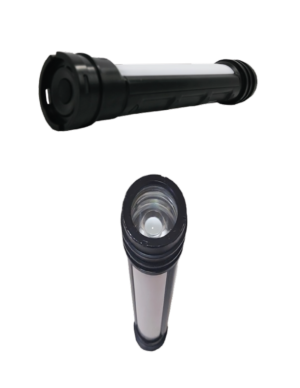


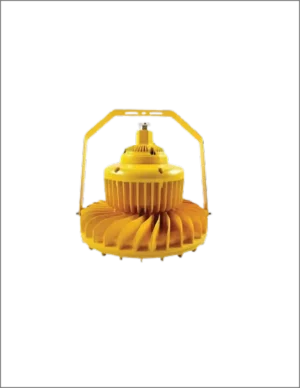
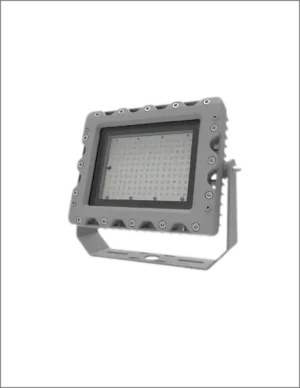
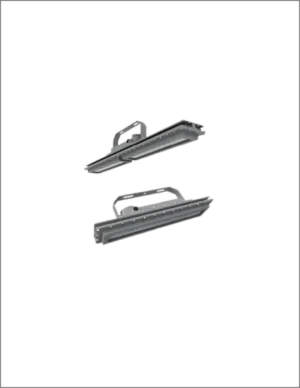
![Explosion Proof Window Air Conditioner [BKT-2.5 C] | Explosion Proof Air Conditioner in UAE](https://alarmannunciator.ae/wp-content/uploads/2025/02/Untitled-1ex-proof-window-ac-300x388.webp)



